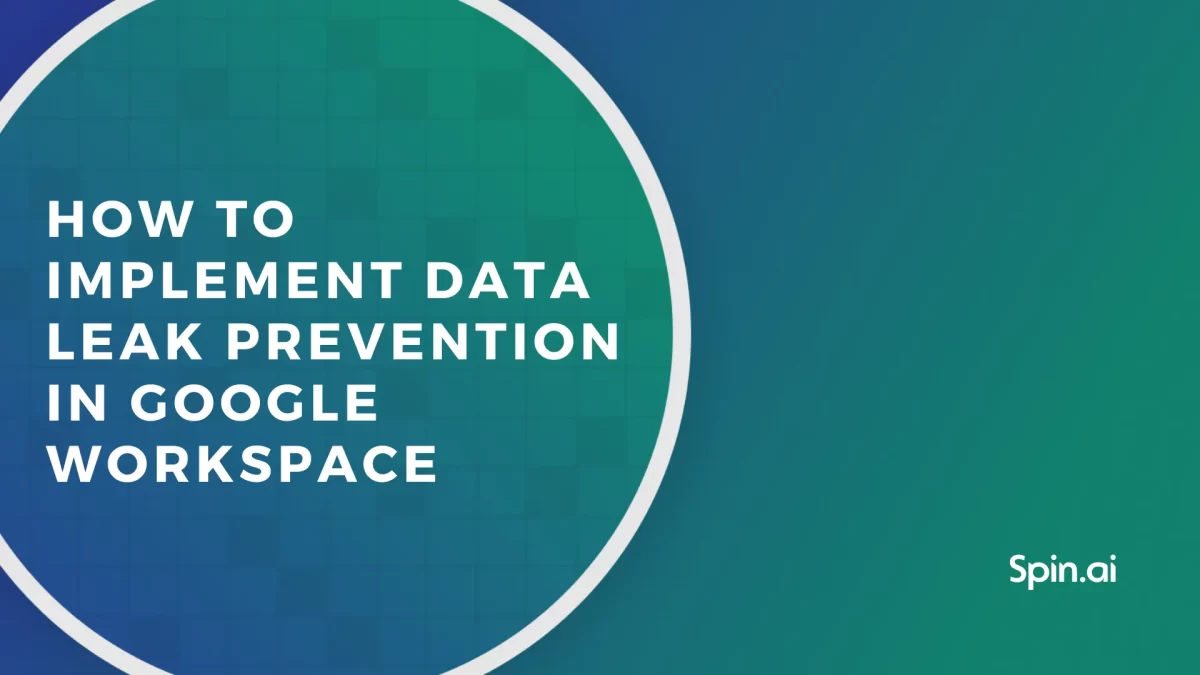Machine Learning in Cybersecurity

Machine learning in cybersecurity has been used for quite a while now. In this article we’ll discuss the benefits and perspectives of using AI for securing your IT systems.
Machine learning is a type of artificial intelligence (AI) that allows computers to learn to look for patterns in data without being explicitly programmed. This area of computer science has many applications, but one of the most promising in the field of cyber security is the ability for computers to detect intruders on a network and other dangerous activity that may lead to a data breach.
Artificial intelligence has been recognized by governments and industry leaders as an increasingly important technology, which has the potential to have a huge impact on the technology industry and the way people and computers can work together in the future.
Benefits of Machine Learning in Cybersecurity
Cybersecurity is evolving from attempting to build increasingly secure programs and systems that try to prevent external attacks, to a more rounded solution including ongoing monitoring and prediction of threats.
As cloud computing starts to replace traditional on-site server farms and software, it is no longer realistic to simply attempt to block access from external threats. Not only do modern computing systems need to be more open to allowing access for employees working remotely, but there is also an equal risk of security threats from within the organization as from outside.
The best way for these threats to be detected is through analyzing data points during data analysis. Modern businesses generate a huge amount of data daily from user activity, file transfer, network traffic, and many other electronic transactions.
In the normal day-to-day running of the business, certain patterns can be observed in this data and so any unusual behavior can be observed as an abnormality in the normal patterns. The problem is that it can be very difficult and time-consuming for humans to try to sift through this massive amount of data in order to determine the patterns and any unusual activity.
Machines are much more efficient than humans at recognizing patterns, and machine learning can enable a computer to learn and become more intelligent, the more data it parses.
Machine learning allows security teams to speed up the process of threat detection and thereby respond to incidents more quickly and also to put preventative measures in place.
We’ve already been benefiting from machine learning for many years. One of the most familiar applications is the spam filter integrated into most email systems. These filters gradually become more intelligent as they learn your email habits and can tell if an email is a spam before it hits your inbox.
IBM Trusteer is another service driven by machine learning that can detect online fraud by analyzing risks, detecting threats, and flagging high-risk transactions.
How Machine Learning Algorithms Complement Efforts of Security Analysts
Although there is no doubt over the benefits artificial intelligence can bring to many aspects of life and work, there have also been concerns over its future use in society. Many traditional job roles such as bank tellers and grocery store workers have already started to be replaced by machines, and this is naturally a worry in terms of unemployment rates.
However, machine learning techniques are not intended to replace security analysts, but rather to work alongside them and to help reduce the overall workload.
Complex patterns in huge amounts of data are not only difficult for humans to find, but the process can also be incredibly time-consuming and repetitive. Offloading this work to intelligent computer programs, which are faster and better at recognizing these patterns, frees up security teams to focus on identifying new threats, other methods of attack such as social engineering, and develop more robust security systems overall.
Machine learning algorithms can be used as the first step to filter out the large number of threats that can be detected from patterns in data, leaving humans to figure out more complex and unknown threats.
Computers can also operate 24 hours a day with no break, while human employees can only work a limited number of hours a day. While rotating shifts can ensure a 24/7 human security team is in place, having a computer-led security system running constantly will help to detect and block threats that may otherwise be missed.
How Machine Learning and Cybersecurity Are Evolving Together
It is unlikely that computers will ever completely take over the role of today’s cybersecurity experts. Machine learning is not a solution, but rather an aid to the increasingly difficult task of staying one step ahead of cybercriminals.
However, we still have a long way to go in the field of artificial intelligence and there have been as many high-profile failures as there have been successes (Google’s attempt to forecast flu epidemics by analyzing patterns in user search behavior is just one example of machine-led data analysis failing to produce accurate predictions).
Machine learning is currently a very good way to discover patterns in security systems and for applications that require this skill (such as detecting spam emails), but there is still work to be done in improving the detection of anomalous data. Human expertise is still required to distinguish between subtle differences in these anomalies.
As algorithms constantly improve, we can expect these abilities to improve, and automated programs are already being used with great success to monitor and detect threats in cloud computing. These threats should still be analyzed by a human in order to determine their true level of risk, but the chances of a data breach occurring can be greatly reduced by using this kind of threat monitoring system.
Machine learning can also help to reduce the number of false-positive incidents, which cause security analysts to waste up to 21,000 hours a year on the analysis of these false alerts.
Artificial intelligence is definitely an area to keep an eye on in the cybersecurity industry and as the amounts of data each business generates each day become impossibly large, it’s becoming a necessity for security teams to start relying on this new technology to make their everyday security tasks more manageable.
While humans are sometimes more capable of making decisions based on a number of different criteria than computers, humans are also more prone to making errors and are unable to deal with very large and complex volumes of data. As data continues to grow and patterns become more complex, the potential for human error is greatly increased.
Human decision-making is also influenced by emotions and may change from day to day, whereas machines are always 100% pragmatic and will make the best decision based on the data available. For these reasons, as AI becomes more sophisticated, it is likely to play a larger role in cybersecurity procedures in the future.
Spinbackup is working towards replacing some of the human input needed for data security with the help of Machine Learning algorithms and automated recovery processes. This will not only enable companies without the funds and resources to hire a full security team to defend against threats but also help every size organization to protect themselves against the most sophisticated security threats including insider threats and ransomware.
Frequently Asked Questions
Is machine learning used in cyber security?
Yes, machine learning (ML) is widely used in cybersecurity. ML helps organizations detect and respond to various cyber threats. By “learning” from the bulks of data, identifying complex cybersecurity patterns, and making decisions based on these “self-learned” skills, ML can be used for systems anomaly detection, malware detection, behavioral analysis, threat intelligence, vulnerability management, etc.
What is an example of machine learning in cybersecurity?
SpinOne’s security solution is a great example of how machine learning can be used in cybersecurity. Built around the power of machine learning, SpinOne can ensure high-risk third-party apps control, ransomware protection, data leak detection, and sensitive data control.
Will AI take over cyber security?
AI is becoming an increasingly important tool in cybersecurity, yet it is unlikely to take over the field in the nearest future. Here are some reasons why. First, it is not a silver bullet and still needs human expertise to make strategic decisions, understand the context of threats, and respond effectively to complex attacks. Second, AI systems can generate false positives, leading to unnecessary alerts. Third, AI systems can inherit biases from their training data, which could lead to unfair decisions in cybersecurity. All in all, human oversight is necessary to ensure strong and unbiased cybersecurity.
Was this helpful?
How Can You Maximize SaaS Security Benefits?
Let's get started with a live demo
Latest blog posts
Importance of Backing Up Google Workspace Data Daily
January 23, 2024Many organizations today are heavily relying on cloud Software-as-a-Service offerings for business productivity, communication, and... Read more
Google Workspace in 2024: Key Updates and Features
December 14, 2023Google Workspace is constantly improving to bring new productivity features for businesses. In this article,... Read more
How to Implement Data Leak Prevention in Google Workspace
October 27, 2023Data leaks in Google Workspace can have severe legal, financial, and reputational implications for the... Read more


